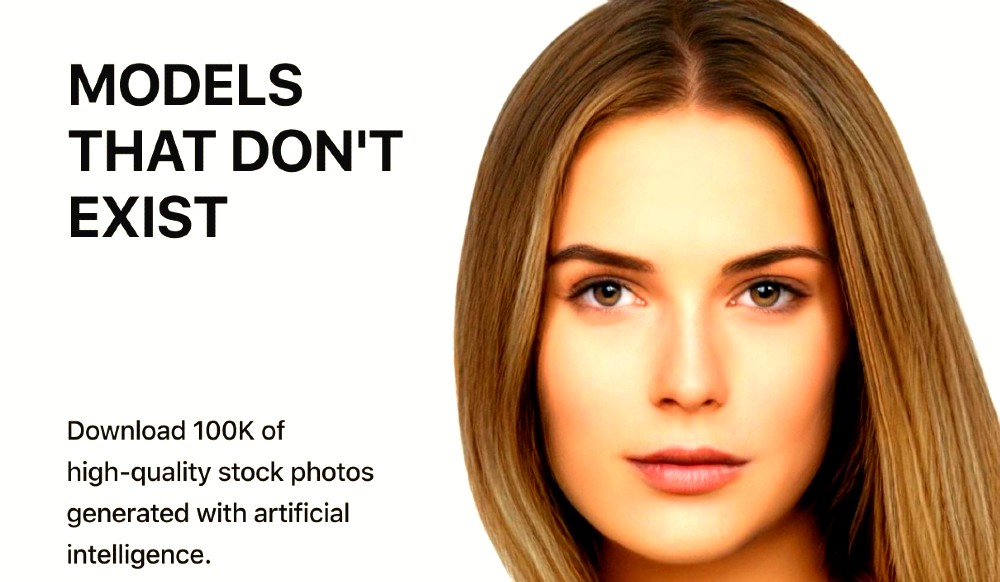
Let’s be real: Most of us will never meet our “Influencers” in person. In fact, I would suggest that is not the overall goal. In our minds, an Influencer is a person who we live vicariously through for the benefit of being a cheat code to the trends. Now that AI companies are aggressively launching marketplaces for companies to market their brand with Deep Fake avatars, platforms like Meta are playing catch up to prevent bots from spreading false agendas. So is the issue that the Influencer is a deep fake or the brand that they are promoting?
Facebook parent company Meta says more than two-thirds of the influence operations it found and took down this year used profile pictures that were generated by a computer. As the artificial intelligence behind these fakes has become more widely available and better at creating life-like faces, bad actors are adapting them for their attempts to manipulate social media networks.
“It looks like these threat actors are thinking, this is a better and better way to hide,” said Ben Nimmo, who leads global threat intelligence at Meta. They’ve probably thought…it’s a person who doesn’t exist, and therefore there’s nobody who’s going to complain about it and people won’t be able to find it the same way. The human eyeball is an amazing thing. Once you look at 200 or 300 of these profile pictures that are generated by artificial intelligence, your eyeballs start to spot them.
Ben Nimmo, Gobal Threat Intelligence at Meta
But computer-generated profile pictures also often have tell-tale signs that people can learn to recognize – like oddities in their ears and hair, eerily aligned eyes, and strange clothing and backgrounds.
The technology behind these faces is known as a generative adversarial network, or GAN. It’s been around since 2014, but has gotten much better in the last few years. Today, websites allow anyone to generate fake faces for free or a small fee.
A study published earlier this year found AI-generated faces have become so convincing, people have just a 50% chance of guessing correctly whether a face is real or fake.
But computer-generated profile pictures also often have tell-tale signs that people can learn to recognize – like oddities in their ears and hair, eerily aligned eyes, and strange clothing and backgrounds.
For more information on Deep Fakes at Meta: AI-generated fake faces have become a hallmark of online influence operations
- Comprehensive Public Safety Plan Survey: Equity - March 11, 2024
- Comprehensive Public Safety Plan Survey: Court System - March 11, 2024
- DC Comprehensive Public Safety Plan Survey: Surveillance // Privacy - March 11, 2024









